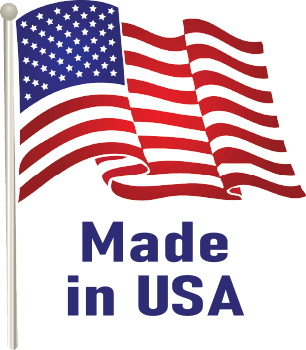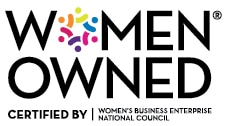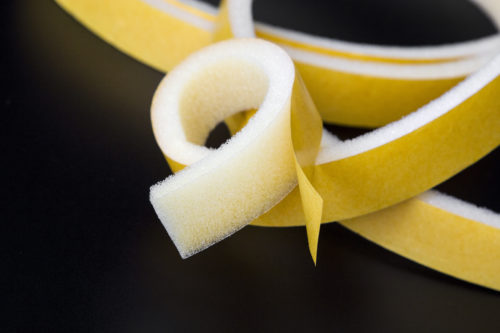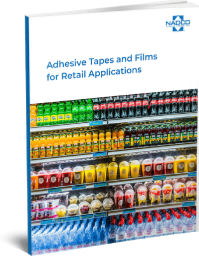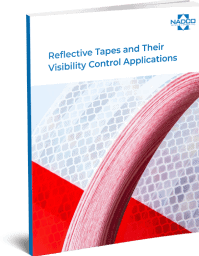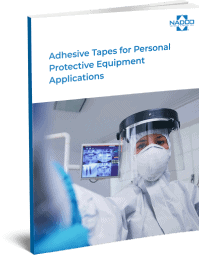Why You Should be Utilizing Tamper-Evident Labels
Leave a Comment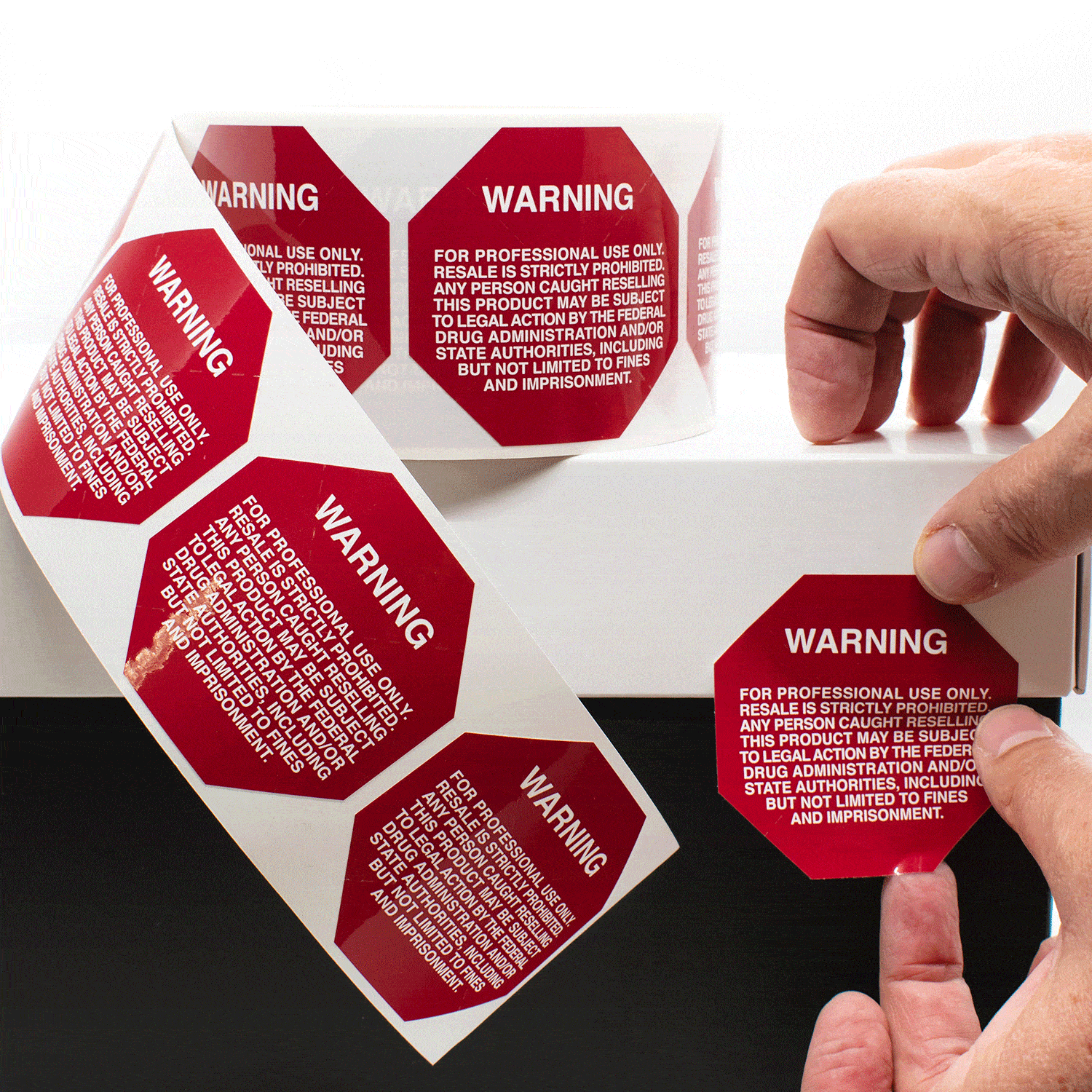
Tamper-evident labels show signs when someone has tried to open or tamper with a product. These labels or seals contain features that make it impossible to remove or peel up the material without damaging it in an obvious way. Effective tamper-evident labels must not separate easily from the product’s container and are often designed to split or separate after any attempt to remove them.
The FDA requires these labels to have a distinctive design and composition so that consumers know that the label they see is real and not a duplicate replacement. “Distinctive” may refer to what’s printed on the label, the material the label is made of (something that can’t be copied easily by whoever is trying to alter the product), and the features that leave visible evidence that the label has been breached.
Use Tamper-Evident Labels for Security and Safety
The need for tamper-evident labels arose for a variety of reasons, but most importantly to ensure the safety and security of products when they reach the end user. Whether the product is food, medication, or a piece of equipment, buyers want to be sure that what’s in the box is what was packed in the box.
Tamper-evident labels can’t be opened and then replaced. They leave visual evidence for the end user to see. Tamper-evident labels may use a variety of methods, such as:
- A printed message that sticks to the product when the label is removed, such as “void”
- A pre-cut slit in the label that tears when attempting to remove the label
- Fragile films that are guaranteed to tear because they can’t be removed in one piece
When it is impossible to alter the label without a clear sign, it becomes exceedingly difficult to tamper with the products inside of a package. An intact tamper-evident label shows the customer that your product is safe to use or consume, while any damage immediately tells the customer not to use the product and report the damaged label to the store or manufacturer.
Tamper-Evident Labels Maintain Brand Integrity
Tamper-evident labels ultimately help companies to preserve the integrity of their brands. Given that tamper-evident labels are difficult to manufacture and custom brand designs are even more difficult to reproduce, these labels ensure that counterfeiters or other brands cannot duplicate your label. Your brand will eventually become known for its strong, tamper-evident labeling and repeat customers will come to appreciate this verification of the integrity of the products they purchase from you.
Common Uses for Tamper-Evident Seals
Some of the most common uses for tamper-evident labels are in the food, beverage, and pharmaceutical industries. Tampering with these products leads to food safety violations and potential danger, not to mention an economic loss if the customer doesn’t receive all of what they paid for.
Potential use cases include:
- Pharmacy/pharmaceutical. With an increase in the popularity of pharmacy deliveries and online pharmacies, tamper-evident medication labels help to verify product integrity and patient safety.
- Restaurant delivery. With the rise of food delivery apps, food delivered from restaurants to customers has more touch points than ever before. A tamper-evident label ensures that food remains fresh and tamper-free in the hands of third-party deliverers.
- Grocery delivery. Online grocery delivery is exploding in popularity. Tamper-evident labels on bags and cartons helps to ensure the integrity of items from packing to final delivery.
- Critical shipments. Tamper-evident labels provide a simple, yet effective means of ensuring the integrity of high-value parcel shipments as they move through the various steps of the supply chain.
- Laundry soap. Many laundry soap manufacturers are turning to tamper-evident labels to make sure distributors or retailers don’t water down or otherwise alter their products.
Tamper-Evident Labels From NADCO
Tamper-evident labels and seals offer and a simple and effective means of securing products. NADCO can help you keep your products safe and secure with our void tapes and other tamper-evident products.
Contact Us or Request a Quote today for more information about our tamper-evident solutions or other products!
Open Cell vs. Closed Cell Tape: What’s the Difference?
1 Comment
Foam tapes are available in a variety of carriers, sizes, thicknesses, and adhesives to suit a variety of product needs. Additionally, foam tapes withstand temperatures from -40° F to 300°F since their high bonding strength makes up for dissimilar thermal contractions and expansions. They hold up well against moisture, chemical solvents and exposure to the sun.
Common applications for foam tapes include:
- Cushioning and padding
- Insulations
- Gaskets
- Seals
The right type of foam tape can improve both the visual appeal and functional performance of various household and industrial products. Foam tapes come in two major categories: open cell and closed cell. It is important to know the differences between the materials in open cell and closed cell foam tapes to ensure appropriate selection of the right tape for your application.
Foam Tape Materials and Structure
The cell structure of the materials used to make open cell foam tapes are porous enough to allow air, fine particles, and water to pass through. Conversely, the materials used for making closed cell foam tapes have a closed cell structure that does not allow the passage of air, partical matter, and water.
Open Cell Foam
Open cell foam tape is typically made from EPDM rubber, polyurethane, or PVC/Nitrile, which are all airy and lightweight—these materials weigh about ½ to ¾ pounds per cubic foot. The low density of these materials gives them a high expansion/contraction capacity, which makes it easier to package and transport them. Open cell foams are resistant to molds, trap particulate matter like dust, and have good soundproofing characteristics.
Closed Cell Foam
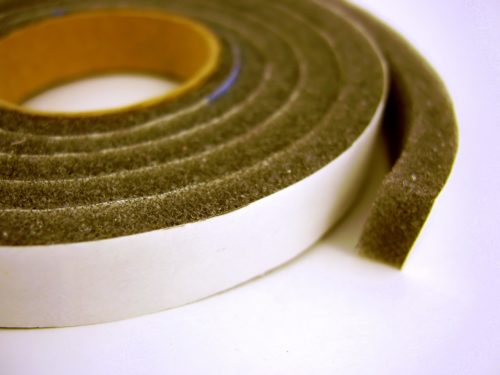 Closed cell foam tape is typically made from EVA foam, polyethylene foam, neoprene foam, PVC/Nitrile foam rubber, or SBR foam rubber. Their closed cell structure makes these materials tough and dense, with densities falling in the 2–3 pounds per cubic foot range.
Closed cell foam tape is typically made from EVA foam, polyethylene foam, neoprene foam, PVC/Nitrile foam rubber, or SBR foam rubber. Their closed cell structure makes these materials tough and dense, with densities falling in the 2–3 pounds per cubic foot range.
The higher density makes closed cell foam more expensive, but they are strong, have a higher R-value, and feature better resistances to air and moisture. As such, they are excellent for protective packaging and soundproofing applications.
Foam Tape Resistance Capabilities: Open Vs. Closed
While open cell foam tapes are resistant to oxygen and have a high degree of flexibility and dexterity, they don’t offer much in terms of resistance to water or moisture vapors. Closed cell foam tape offers a variety of beneficial features, such as excellent leak resistance, good soundproofing and shock capabilities, and high resistances to heat, moisture, and vapors.
Open vs. Closed Foam Tape Applications
Open cell foam tapes offer an ideal solution for indoor soundproofing applications. However, their tendency to absorb and retain water makes them poorly suited for outdoor construction or building applications.
Closed cell foam tapes better suited for these projects. Other applications that use closed cell foam tapes include:
- Aerospace and aircraft projects
- HVAC systems
- Medical disposables
- Shock absorption
- Thermal insulation
The better insulation characteristics of closed cell foam tapes come from the structure of their cells. The cells have robust walls that make it more rigid and trap a large volume of air. This makes the material sturdier, providing better insulation.
Foam Tapes from NADCO
NADCO Tapes & Labels, Inc., designs and manufactures open and closed cell foam tapes. We supply double-sided and single-sided foam tapes for a variety of critical industries, such as the aerospace and medical sectors. NADCO can customize the design and properties of these tapes to suit different applications.
Our downloadable eBook offers guidance for selecting the right foam tapes for specific use cases. Our subject matter experts are also available to our customers for consultations. Contact us today to learn about NADCO’s products and services, and how we can help you in selecting the right foam tape for your project.


